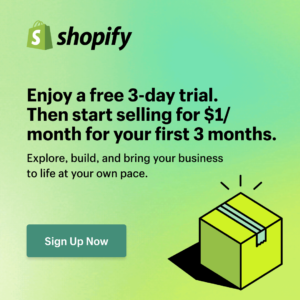Table of Contents Show
The growth strategy based on the three funnel stages of TOFU, MOFU, and BOFU serves as the foundation for optimizing the customer journey from initial engagement to becoming a loyal buyer.
Each funnel stage is supported by specific strategic activities from the Marketing, Sales, and Product, playing essential roles in attracting, retaining, and increasing customer value.
Acquisition Phase (Customer Attraction) in Growth Strategy
The Acquisition stage is the starting point of the business growth process, focusing on expanding the customer base and bringing potential customers into the purchasing journey. This phase builds awareness and initial interest in the brand.
Main Objectives of Acquisition:
- Capture the attention of new customers.
- Build brand awareness and perceived value.
- Increase the volume of potential customers in preparation for conversion in the next funnel stages.

TOFU (Top of Funnel) Stage
TOFU, or the top of the funnel, is the first stage in the customer journey, where businesses aim to attract as many potential customers as possible. The objective is to build brand awareness and spark customer interest.
- Marketing:
- Brand Campaigns: Establish brand image and values to ensure easy recognition by customers.
- Inbound Marketing: Utilize platforms like blogs, social media, SEO, PR, and influencers to create appealing content that attracts customers to learn more about the brand.
- Paid Advertising: Use Google Ads, Facebook Ads to reach targeted customers effectively.
- Sales:
- Sales/SDR Prospecting: The Sales team engages in prospecting through direct channels and Sales Development Representatives (SDRs) to find potential customers.
- Product:
- Viral Loops and Content Loops: Implement features like product referrals or continuous content to encourage customer interaction and sharing, quickly spreading brand awareness.
MOFU (Middle of Funnel) Stage
The MOFU stage represents the point where potential customers have shown some interest and wish to learn more about the product or service. The goal here is to reinforce customer trust in the brand and move them closer to a purchase decision.
Role of Each Department:
- Marketing:
- Product Launches and Competitive Campaigns: Introduce new products, run standout campaigns, and highlight the unique appeal of the products.
- Events and Partner Marketing: Organize customer events or collaborate with partners to strengthen brand credibility.
- Sales:
- Sales Calls and Live Demos: Sales reaches out to customers through consultations, organizes live demos to offer a hands-on product experience.
- Account-Based Marketing: Personalized strategy to approach individual customer accounts, boosting conversion potential.
- Product:
- Product Guides and User-Generated Content: Provide guidance materials, encourage customers to share experiences, enhancing reliability and authenticity.
BOFU (Bottom of Funnel) Stage
BOFU is the decision stage, where customers are ready to make a purchase. The goal is to provide necessary information and support to help them make the final purchase decision.
Role of Each Department:
- Marketing:
- Email Nurtures and Case Studies: Send nurturing emails and case studies to demonstrate the product’s real-world effectiveness.
- Acquisition Campaigns: Focus on converting potential customers into buyers.
- Sales:
- Sales Site Visits and Proof of Concept: Sales supports customers through in-person meetings and provides real-world proof of product effectiveness.
- Product:
- Interactive Demos and Free Trials: Offer trial versions and interactive demos, allowing customers to experience the product firsthand before purchase.
Customer Retention Phase in Growth Strategy
After a customer has made a purchase, customer retention is essential to building strong relationships and fostering loyalty.
- Sales: Conducts quarterly business reviews, organizes customer advisory boards, and provides 1-1 satisfaction checks to ensure customers have a positive experience.
- Marketing: Introduces new products, carries out email and newsletter campaigns to emphasize long-term value.
- Product: Tests new versions, integrates the product with other platforms, builds community, and delivers in-product notifications to enhance engagement and loyalty.
Revenue Growth Phase (Monetization) in Growth Strategy
The monetization phase focuses on maximizing value from existing customers through upselling and promotional programs.
- Sales: Structures deals and upsells to increase revenue from current customers.
- Marketing: Runs promotions, discount campaigns, and market research to drive sales and create upselling opportunities.
- Product: Offers Freemium models, trials, premium updates, and packaging modifications to optimize profit from existing products/services.
Conclusion
A growth strategy through the funnel stages, combined with activities from Marketing, Sales, and Product, is key to attracting, retaining, and maximizing value from customers. Each funnel stage has a distinct role, yet they share a common goal to create a comprehensive and effective customer journey.






